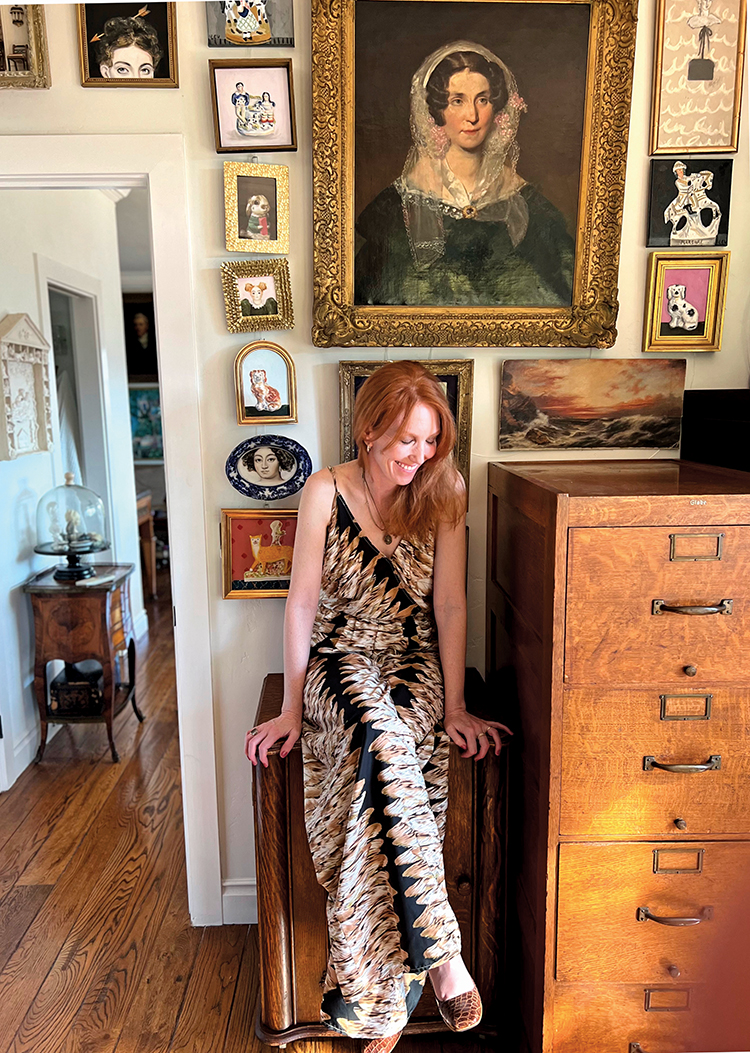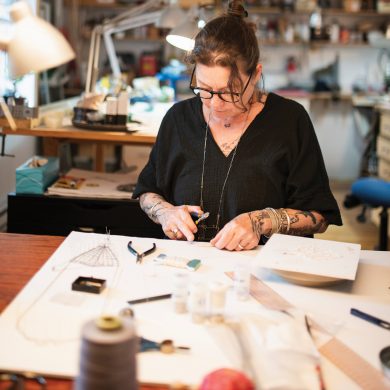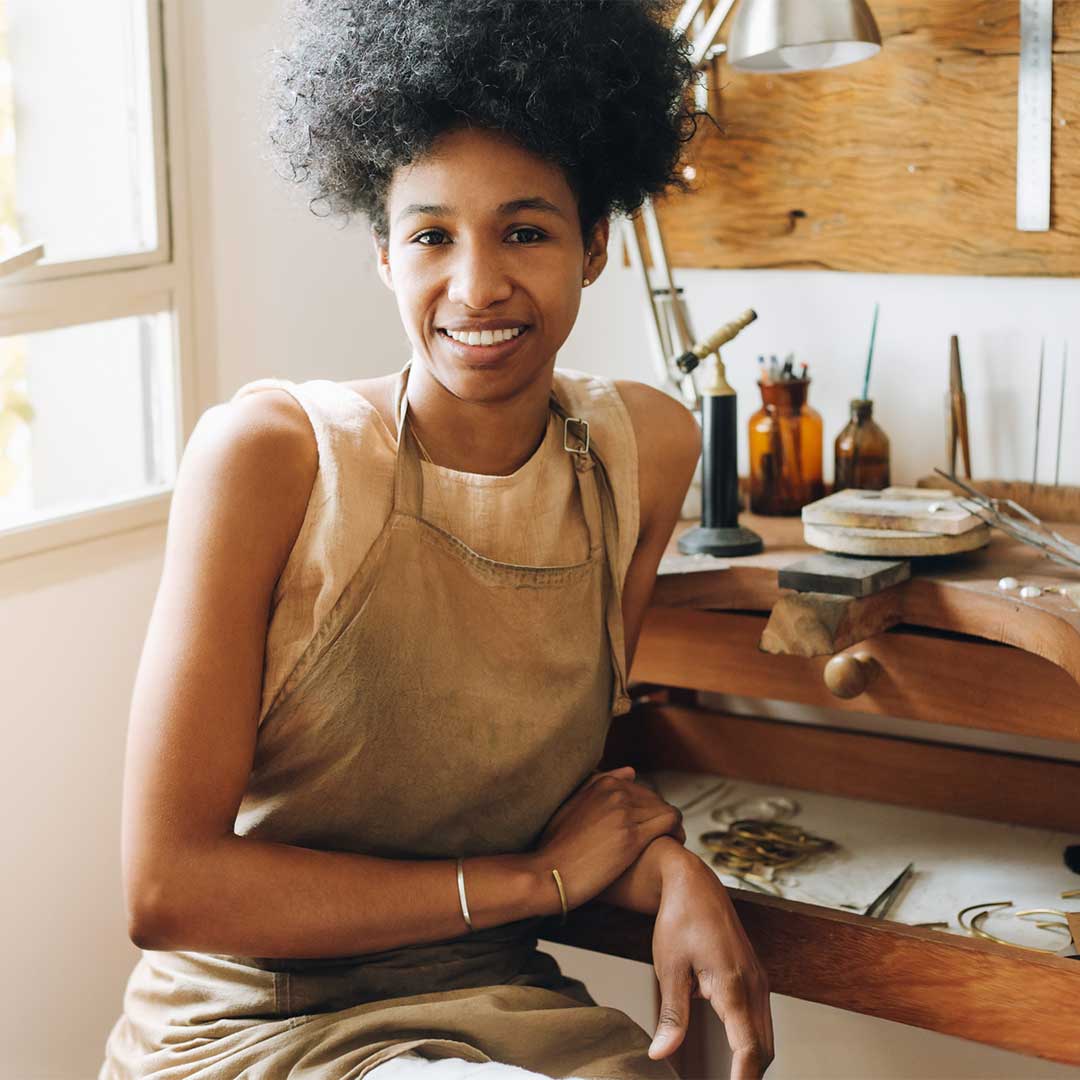
After having lived in Paris, Lyon, London, Cambridge, New Haven, San Francisco, and West Hollywood, it was a surprise to everyone when I moved back to the hills where I was raised and became an artist.
It looks like you’re out of free articles.
Become a Women Create member to read this full article.
Already a member? Sign in

Monthly Membership
- Unlimited access to the Women Create website
- Monthly Maker Moments livestreams, members-only newsletters and more

Annual Memberships
- Unlimited access to the Women Create website
- Print and digital subscriptions of WHAT Women Create magazine, WHERE Women Create magazine, or both
- Monthly Maker Moments livestreams, members-only newsletters and more







